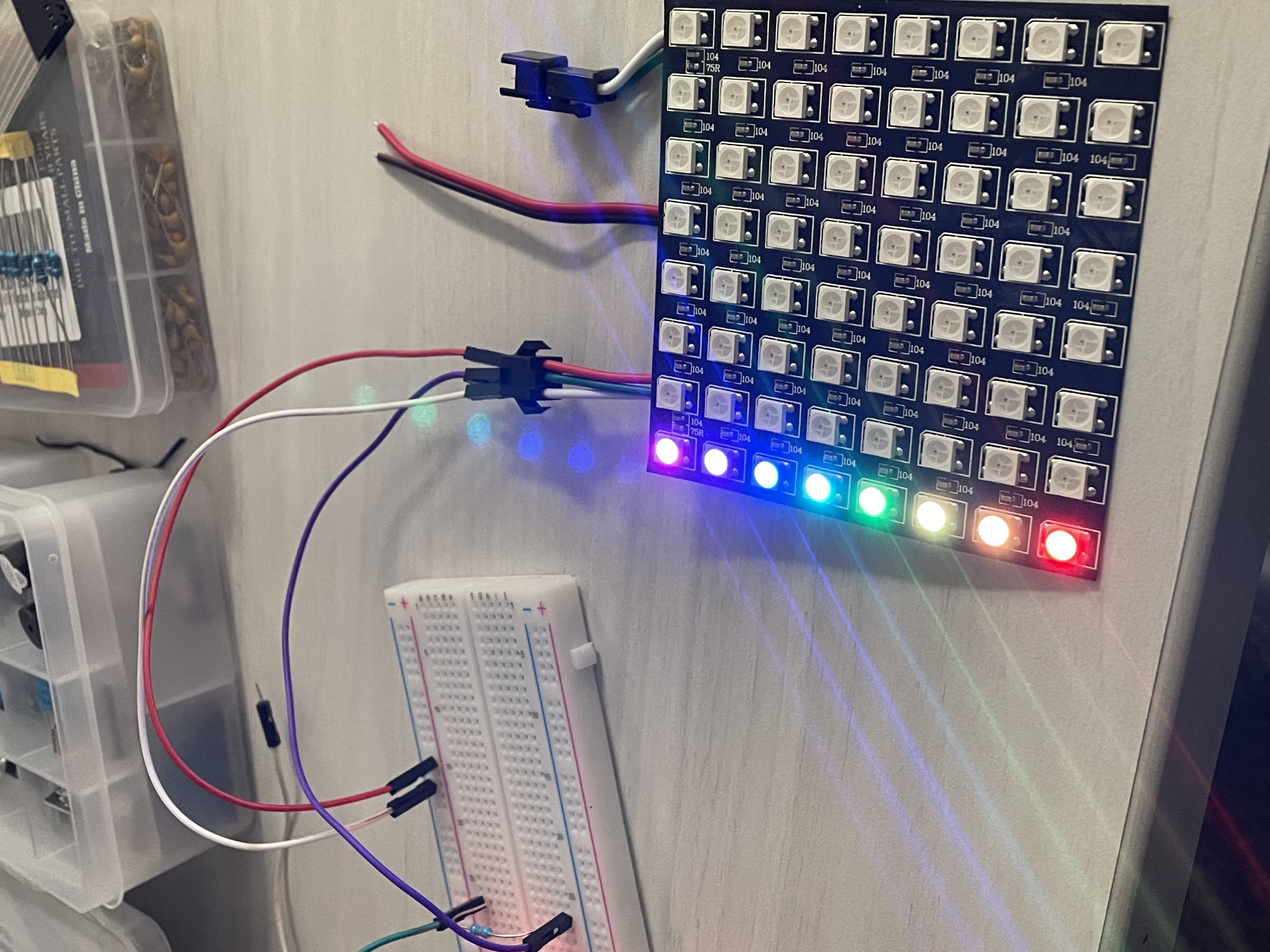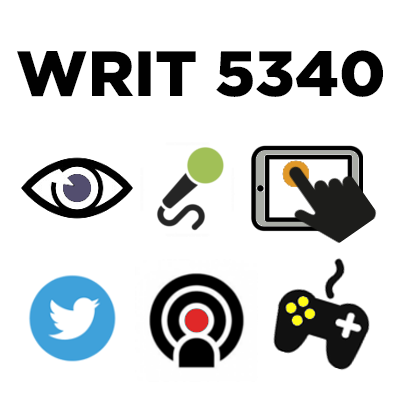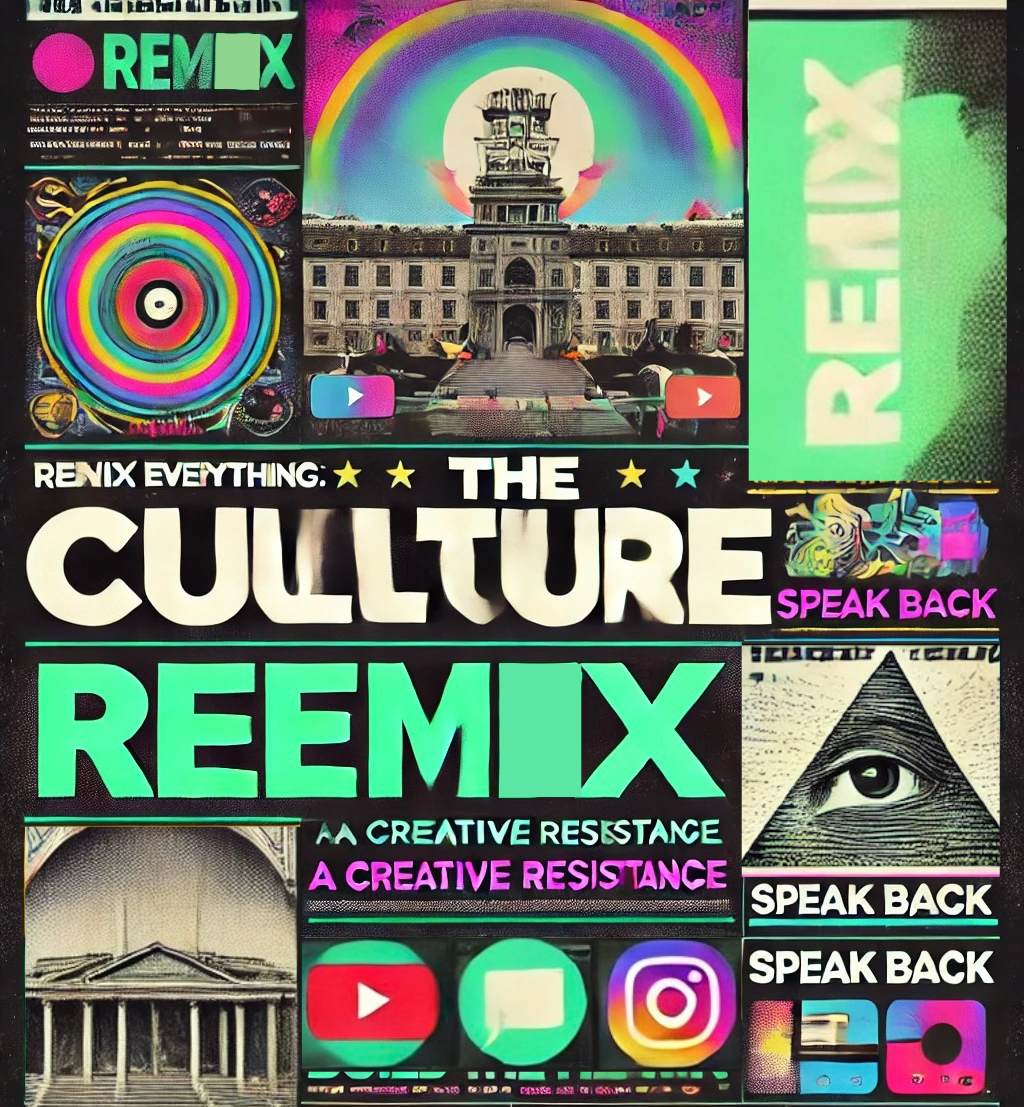
Maker: Adit Selvaraj
Genre: Eversion
Level: Graduate
Program: Composition, Rhetoric, and Digital Media
Course: WRIT 5400: Technical Writing
Instructor: Dr. Eric Mason
Semester Created: Fall 2021
Introduction / Origin of Idea
Derived from my fascination with Hi-Fi systems (particularly the ones from Japan’s bubble economy of the 80s-early 90s), this project was my attempt to create something similar the visualizer features some Hi-Fi stereos at the time had. These visualizers often featured bars pulsing up and down to the music the stereo that was playing. This project attempted to recreate a music visualizer using the Arduino open-source hardware and a LED Panel.
Why It Matters:
While the actual visualizer was not intended to have a strong contribution to the field of technical writing or rhetoric, the process of attempting to build this project exemplified the importance of strong instruction (one of the pillars of the Technical Writing field). One of the sentiments in Technical Writing 101 by Alan S. Pringle and Sarah S. O’Keefe, is that the communicator must break down the steps of a procedure sufficiently and succinctly as well as listing the equipment needed. Some of the sources I used to build the visualizer did not list the proper equipment in both video and written form. This oversight on the part of the instruction writers led to complications when I attempted to create this project. Some of the notable complications included procuring the proper equipment, and an insufficient understanding of how the code functions.
Yukihiro Matsumoto, the chief designer of the Ruby on Rails software and known as MATZ, states that “it is not the responsibility of the language to force a good code, but the language must make it possible for the code to be attractive.” When crafting this visualizer project, I wanted to understand how the code made the mechanical functions of this project work. Unfortunately, the language utilized by the instructions I used did not facilitate this understanding. I felt that the code was not “attractive” or useful to me, because the language behind did not help me learn the process.
If anything, attempting to create this project only galvanized the learning objectives of this Technical Writing course: to write unambiguous instructions that explain exactly what is needed for a project to be complete.
How it Works:
From my inchoate understanding of the process, this visualizer functions via retrieving data from the Fast LED Library to make LED lights pulsate in time to the music. Some of the required components included a microphone, which in theory would have picked up the music and make the lights on the LED pulsate. Additionally, the crux of the project, the Arduino was connected into a computer via USB cable so it could “learn “the code and attempt to execute it when not connected.
This project utilized a Breadboard which allowed Dr. Mason and I to try different arrangements due to not requiring us to use a soldering iron to fix components in place.
Reflection
While my project was not ultimately successful, I am glad I was able to experience working with these materials. I’m typically skittish around electricity due to a bad experience being shocked by a loose connection in India, so I was initially hesitant to work with such materials. Working with low currents under the guidance of Dr. Mason was helpful for attempting to finish this paper. Next time I am tasked to work on such an assignment, I will endeavor not to be like Icarus and fly too close to the “sun”, and pick a more achievable goal.








